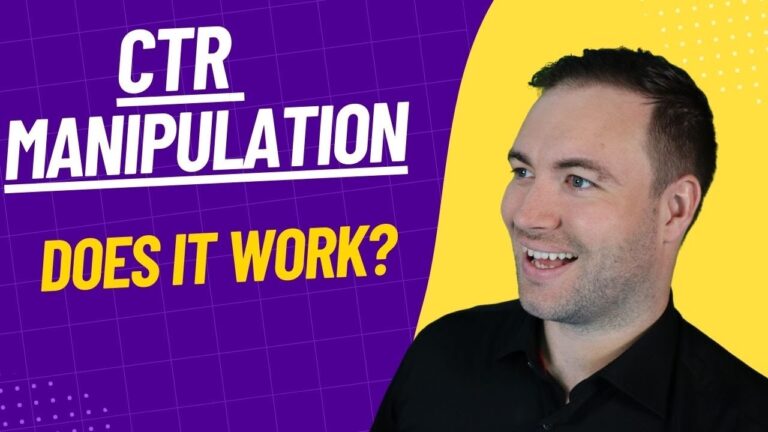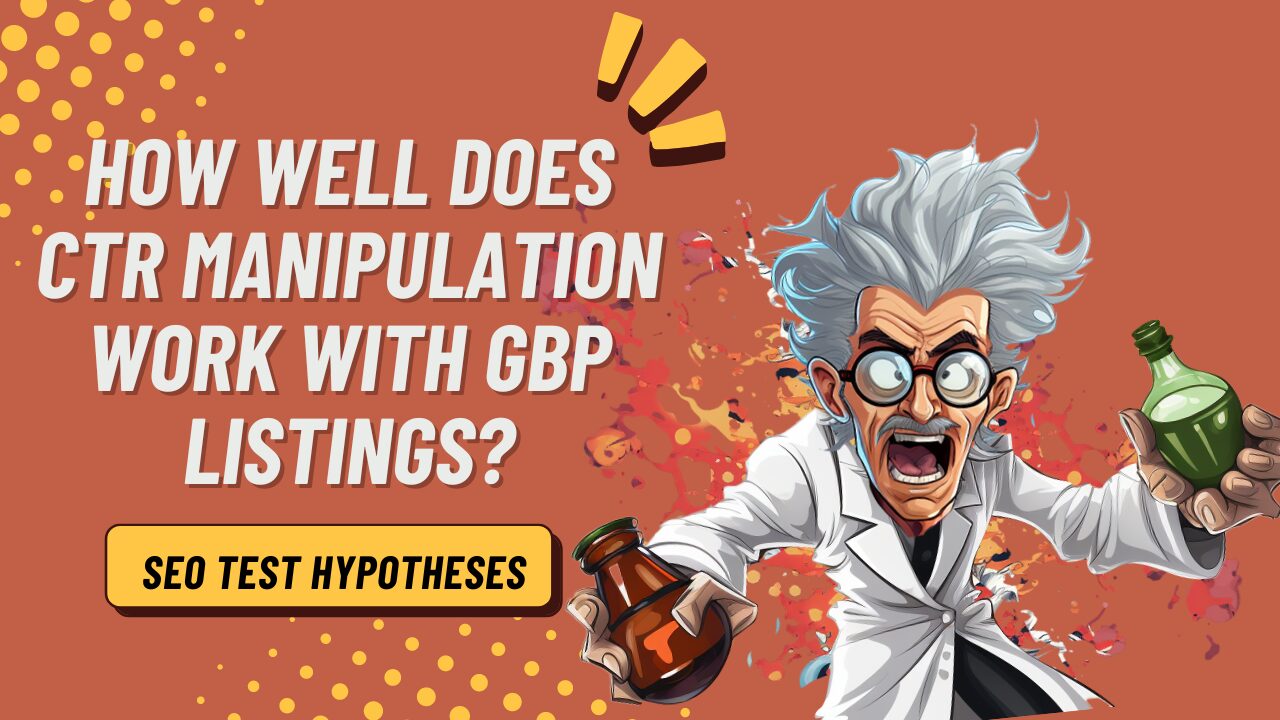Boost Your Organization Exposure with Our CTR Manipulation Service
Obtain More Clicks on Your Internet Site With CTR Control
In today's competitive electronic landscape, understanding click-through price (CTR) adjustment stands as an essential method for enhancing site efficiency. By incorporating psychological triggers, maximizing layout components, and performing A/B testing, businesses can significantly increase individual involvement.
Recognizing CTR Basics
When it concerns internet marketing, understanding Click-Through Rate (CTR) is important for any site owner seeking to optimize their electronic existence. CTR is a vital metric that suggests the effectiveness of online marketing and content approaches. It is computed by dividing the variety of clicks an ad or web link obtains by the variety of times it was revealed, shared as a percent (CTR Manipulation Press Release). For instance, if an ad is presented 100 times and obtains 5 clicks, the CTR would be 5%.
A greater CTR frequently signifies that the material is pertinent and attractive to the target market, resulting in increased website traffic and possible conversions. Conversely, a low CTR may suggest that the web content fails to engage users or that the audience is misaligned. Site proprietors ought to frequently monitor their CTR to evaluate the efficiency of numerous electronic projects, consisting of email marketing, social media sites, and pay-per-click marketing.
Fundamentally, recognizing CTR fundamentals lays the groundwork for much more innovative approaches targeted at improving interaction and driving actionable outcomes. By focusing on this metric, web site proprietors can make informed decisions that enhance their overall digital marketing efforts.
Mental Triggers for Interaction
Numerous marketing experts recognize that psychological triggers play a pivotal duty in driving individual interaction and influencing click-through prices. Understanding these triggers can dramatically improve a site's effectiveness in bring in and maintaining visitors.
One of the most powerful emotional principles is the concept of deficiency. When users view that an offer is restricted in time or quantity, they are a lot more most likely to act promptly, fearing they might lose out. Another reliable trigger is social proof; showcasing testimonials, testimonials, or user-generated content can develop trust and motivate clicks by demonstrating that have actually discovered value in the web content or product.
Furthermore, the concept of reciprocity can be used to cultivate engagement. By supplying valuable sources, such as helpful e-books or totally free tests, marketers can develop a sense of commitment in individuals, motivating them to return the favor by clicking with.
Design Approaches for Higher Clicks
Applying reliable layout techniques is critical for improving click-through rates on internet sites. The aesthetic pecking order of a page plays a significant function; making certain that essential elements, such as calls-to-action (CTAs), are plainly presented can assist individuals toward preferred activities. Using contrasting colors for CTAs against the page history can raise visibility and encourage clicks.
Additionally, incorporating white space effectively permits material to take a breath, making it more digestible and helping to draw interest to crucial elements. Responsive design is additionally important; as individuals significantly gain access to web sites via numerous devices, ensuring your website adapts perfectly boosts individual experience and engagement.
Typography must not be ignored, as understandable typefaces and appropriate sizes add to a specialist appearance and promote easy navigating - CTR Manipulation Service. Furthermore, using interesting visuals, such as top quality photos or videos, can capture user rate of interest and share your message better
Last but not least, making use of action-oriented and succinct language in web links and switches can dramatically affect customer actions. By strategically incorporating these style aspects, web sites can produce an inviting and intuitive atmosphere that cultivates greater click-through rates, inevitably causing increased conversions and customer interaction.
A/B Checking for Optimization
A/B screening functions as a powerful device for maximizing web site efficiency by permitting marketing professionals to compare two variations of a page to figure out which one drives greater engagement and conversions. This technique involves randomly offering 2 variations-- Variation A and Variation B-- to different sections of visitors, enabling a direct contrast based on user actions.
To implement A/B testing efficiently, it is necessary to define particular purposes, such as enhancing the click-through rate (CTR) on a call-to-action button or boosting the overall conversion price. Marketing professionals must focus on one variable each time, whether it's the design, headline, or image, visit their website guaranteeing that any observed changes in efficiency can be credited to that certain change.
Data collection is critical in this procedure. Using analytics tools, marketing professionals can track metrics like bounce rate, time on page, and conversion rate for both variations. After a sufficient example size has actually been gotten to, the outcomes can be assessed to figure out analytical significance.
Incorporating the understandings gained from A/B screening right into internet site design not only boosts user experience but also promotes an ongoing cycle of optimization, eventually resulting in raised engagement and higher conversion rates.
Ethical Factors To Consider in CTR Adjustment

Morally sound strategies focus on openness and credibility. Misleading individuals with clickbait or false promises might yield short-term gains however can ultimately cause high bounce prices and client disillusionment. Brand names have to think about the long-lasting implications of their techniques on customer connections and loyalty.

Incorporating moral considerations into CTR techniques not only cultivates a positive brand photo but also cultivates a devoted target market that values genuine content. Eventually, services that highlight ethical methods in CTR manipulation are most likely to accomplish lasting success in a competitive digital landscape. Focusing on user experience and depend on will result in much better engagement and, consequently, enhanced CTR over time.

Conclusion
In conclusion, improving click-through rates (CTR) on an internet site requires a diverse strategy that consists of understanding foundational concepts, leveraging emotional triggers, and applying reliable layout approaches. Ultimately, a well balanced focus on these components will certainly generate lasting improvements in internet site performance and user interaction.
In today's affordable digital landscape, mastering click-through price (CTR) manipulation stands as a crucial technique for improving website efficiency.When it comes to on the internet marketing, comprehending Click-Through Rate (CTR) is important for any website proprietor looking to enhance their digital existence. Conversely, a reduced CTR might indicate that visit this page the content falls short to involve customers or that the audience is misaligned. Prioritizing user experience and trust will lead to far better engagement and, subsequently, enhanced CTR in the lengthy run.
In final thought, improving click-through prices (CTR) on a web site demands a diverse strategy that consists of understanding fundamental concepts, leveraging mental triggers, and implementing reliable design methods.